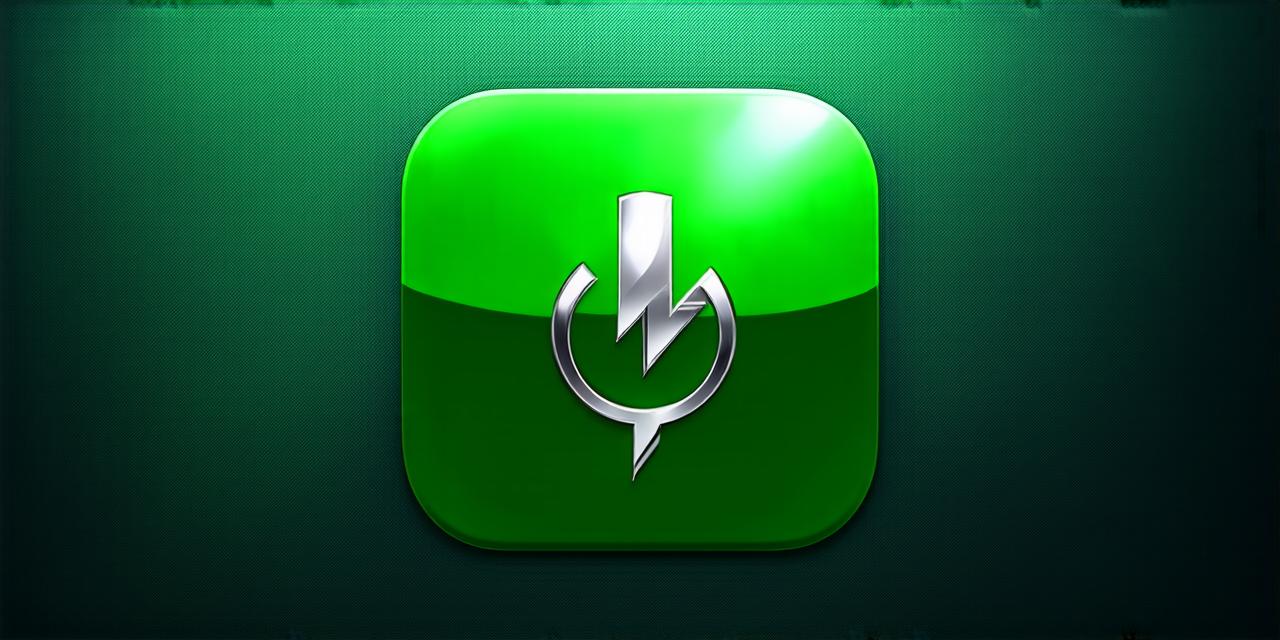Introduction
iOS applications have become increasingly popular in recent years, with millions of people using smartphones and tablets every day. Creating an iOS application can be a complex process that requires knowledge of programming languages such as Swift or Objective-C, as well as a strong understanding of user interface design principles. In this article, we will provide a comprehensive guide for both beginners and experienced developers on how to create an iOS application from start to finish.
1. Understanding the basics of iOS development
Before you can begin creating an iOS application, it’s important to have a basic understanding of the development process. First, you will need to install Xcode, the integrated development environment (IDE) used for developing iOS applications. Once installed, you will need to create a new project in Xcode and choose a template for your application.
2. Designing the user interface
The next step is to design the user interface of your application. This involves creating wireframes and mockups that show how the application will look and function. It’s important to keep the user in mind when designing the interface, as they should be intuitive and easy to use. Additionally, you should consider using design principles such as consistency, hierarchy, and whitespace to make your application visually appealing.
3. Writing code for your application
Once you have designed the user interface, it’s time to start writing code for your application. This involves creating classes and functions that handle different tasks within the application, such as handling user input or displaying data on the screen. It’s important to write clean and organized code that is easy to read and maintain. Additionally, you should make use of best practices such as version control and automated testing to ensure that your code is of high quality.
4. Testing and debugging
After writing the code for your application, it’s important to test it thoroughly to ensure that it works as intended. This involves running the application on different devices and platforms to identify any bugs or issues. Additionally, you should make use of testing frameworks such as XCTest to automate the testing process and catch any issues early on. Once you have identified and fixed any issues, you can submit your application for review by the Apple App Store.
5. Deploying your application
Once your application has been approved by the Apple App Store, it’s time to deploy it to users’ devices. This involves creating a distribution certificate that allows you to sign and distribute your application, as well as configuring your developer account to allow users to download your application. Additionally, you should make use of analytics tools such as Google Analytics to track user behavior and improve the performance of your application over time.
6. Maintaining your application
Once your application has been released, it’s important to maintain it by providing updates and bug fixes. This involves keeping up with the latest development tools and frameworks, as well as monitoring user feedback to identify areas for improvement. Additionally, you should make use of version control to keep track of changes to your code and ensure that updates are released efficiently.
Real-life examples of successful iOS applications
There are many successful iOS applications on the market today, each with their own unique features and functionalities. Some popular examples include:
- Uber: A ride-sharing app that allows users to quickly and easily request a ride from their current location.
- Instagram: A photo sharing app that allows users to upload, edit, and share photos and videos.
- Snapchat: A messaging app that allows users to send messages, photos, and videos that disappear after they are viewed.
- Spotify: A music streaming app that allows users to listen to millions of songs on-demand.
FAQs
1. What programming languages are used for iOS development?
* Swift and Objective-C are the two main programming languages used for iOS development.
1. Can I create an iOS application without Xcode?
* No, Xcode is the integrated development environment (IDE) used for developing iOS applications.
1. How do I design the user interface of my application?
* You can design the user interface of your application using wireframes and mockups that show how the application will look and function. It’s important to keep the user in mind when designing the interface, as they should be intuitive and easy to use. Additionally, you should consider using design principles such as consistency, hierarchy, and whitespace to make your application visually appealing.
1. How do I write code for my application?
* You can write code for your application by creating classes and functions that handle different tasks within the application, such as handling user input or displaying data on the screen. It’s important to write clean and organized code that is easy to read and maintain. Additionally, you should make use of best practices such as version control and automated testing to ensure that your code is of high quality.
1. How do I test my application?
* After writing the code for your application, it’s important to test it thoroughly to ensure that it works as intended. This involves running the application on different devices and platforms to identify any bugs or issues. Additionally, you should make use of testing frameworks such as XCTest to automate the testing process and catch any issues early on. Once you have identified and fixed any issues, you can submit your application for review by the Apple App Store.
1. How do I deploy my application?
* Once your application has been approved by the Apple App Store, it’s time to deploy it to users’ devices. This involves creating a distribution certificate that allows you to sign and distribute your application, as well as configuring your developer account to allow users to download your application. Additionally, you should make use of analytics tools such as Google Analytics to track user behavior and improve the performance of your application over time.
1. How do I maintain my application?

* Once your application has been released, it’s important to maintain it by providing updates and bug fixes. This involves keeping up with the latest development tools and frameworks, as well as monitoring user feedback to identify areas for improvement. Additionally, you should make use of version control to keep track of changes to your code and ensure that updates are released efficiently.
Summary
Creating an iOS application can be a complex process that requires knowledge of programming languages, design principles, and best practices. However, by following the steps outlined in this guide, both beginners and experienced developers can create successful applications that provide value to users. Additionally, by studying real-life examples of successful applications and learning from their successes and failures, you can gain valuable insights into what it takes to create a successful iOS application. With dedication and hard work, anyone can create an amazing iOS application that will captivate and engage users for years to come.
